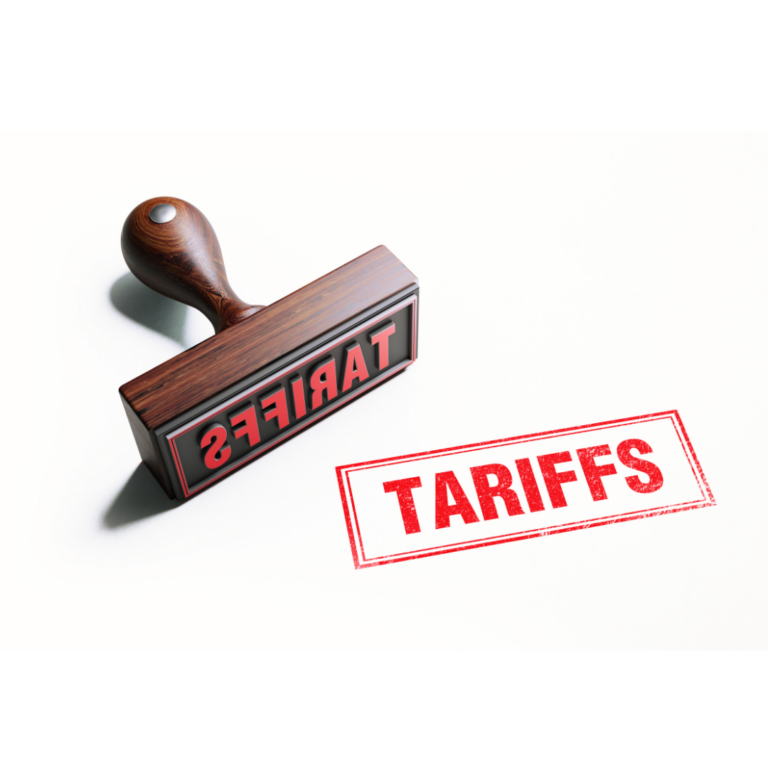The Legacy of Lehman

Ask anyone who survived the Great Depression what that time was like and they’ll shutter at the thought of revisiting that horrible experience. The scars have lasted their entire lifetimes, leaving an indelible mark on their psyche along with a healthy dose of skepticism about Wall Street and its merits to society as a whole. From the “Roaring Twenties” to begging for work or food, that must have been truly terrifying ordeal. For those fortunate to get back on their feet, it meant you’d never spend more than you made and would have an emergency account, that might better be described as a “rainy decade fund.” But as time passed and the post war boom brought wealth and opportunity as far as the eye could see, second and third generations forgot what it meant to experience a full-fledged banking crisis. After 80 years the memories of those dark days became but a footnote in the history books. Sure, there was the savings and loan crisis for those historians and the Resolution Trust bailout, but these were mainly small institutions with a focus on mortgage lending, many of which would be referred to as credit unions today. The economy’s firm footing along with their thrifts modest role in the financial system as a whole allowed this process to unfold without a real systemic impact.
Then came 2007, when two credit based hedge funds run by Bear Stearns collapsed it had been attributed to ill time wagers unique to the firm, but by the following Spring when regulators had to force an unholy union between the investment bank and JP Morgan, it became clear this was not an idiosyncratic situation. The next several months brought extraordinary volatility and angst to the markets. Then on September 15, 2008 Lehman Brothers declared bankruptcy followed shortly thereafter by Washington Mutual going into receivership jarring the collective conscious of Wall Street and Main Street alike. Many of us remember Treasury Secretary Hank Paulson pleading with Congress to enact emergency measures like TARP to stem the tide. There was a time there when it very much seemed touch and go and that we were on the brink of a calamity that would set us back a generation or two. The combination of an aggressive policy response along with incredible resolve would see us slog through, but it would take nearly a decade to heal from the damage, real and perceived even if the markets had recovered by 2013.
I can’t fault anyone from assuming the worst, the memories are still too fresh. But let’s be clear about something, Silicon Valley Bank is no Lehman Brothers; they are not one of the most venerable investment banks run by some of the “smartest people” in the world, whose massive leverage tied to worthless collateral wiped out their equity and resulted in paper losses for all of us in the trillions. When talks of “credit default swaps” became common at the dinner table and executives from Countrywide never saw the inside of a jail cell, it seemed like we were just pawns in a massive casino rigged for select few. As markets wobbled, unemployment and foreclosures spiked, the two decades of profound prosperity were over in a blink. So here we are in 2023, and we are talking about the shuttering of the second largest bank ever. It is perfectly understandable to be outraged by the failure of a large financial institution and to be a little scared by all this, after all it wasn’t supposed to happen again. It also begs the question who also made be capable of such mismanagement, but I’d ask you to step back for a moment to allow the facts to play out before we make hasty decisions we may end up regretting.
By now most of us have read about what got the bank in trouble, so I’ll spare you the two or three paragraphs detailing their business, the risks associated with that approach and the fact their situation was rather unique in many respects. This was levered P/E firm masquerading as a bank. As they touted their intellectual expertise and vast networks to the venture capital illuminati, the price to pay to play was “all” of your money being held at the bank. When their balances ballooned during the speculative excess of 2020 & 2021 they were outright flush with cash. In the end it boils down to the fact that they felt compelled to buy longer dated securities to drive a higher portfolio return with the coffers full Perhaps their reasoning was that interest rates would go up, but the process would be slow and orderly so why not extend duration, after all central bankers said rates wouldn’t be that much higher in the future. That turned out to a fatal mistake as those securities were forced to be marked down sharply when interest rates jumped as high as they did over the last 12 months during the most aggressive tightening cycle. If on paper alone the decline in value may have been manageable but their loyal customers were no longer so loyal and SIVB was forced to sell those securities when met with massive depositor redemptions. Compounding the matter, in an attempt to shore up their balance sheet after incurring the aforementioned loss of about $2BB, they were unable to raise additional funds through an equity offering further shaking investor confidence. As the stock price wavered and the news spread, the run was on and the death spiral was a forgone conclusion, insolvent they were forced into receivership. The investment process deployed is not unique to SIVB, it was just not managed properly. You very well may have heard the old quip “3-6-3” in your travels, where the bank executive pays 3% interest on deposits, lends money out at 6% so that he can be on the golf course by 3PM. That’s a bit simplistic but not too far off how the banking business works, or other financial firms operate for that matter. The Oracle of Omaha himself, Warren Buffett, talks about how his similar approach with the massive insurance business Geico, a subsidiary of Berkshire Hathaway gives him access to capital with very favorable terms. Eventually he will need to return the capital, but in the interim if he can make a healthy return on the collected premiums before funds are returned to policyholders as claims paid, then he has done his job well. Most financial firms, especially the larger ones are diversified businesses with multiple lines of revenue, not simply relying on net interest margin as outlined above. They also have much more disciplined asset management departments and are more heavily scrutinized by regulators so the risk of contagion here is really quite small. What is important is that we avert a crisis in confidence versus an actual banking crisis, it will be our own undoing if we don’t simply allow things to calm down a bit.
One last note, I’d call your attention to the sizable regulatory response, the Fed and Treasury have backstopped all depositors at least temporarily discarding the cap on deposit insurance which had been raised from $100K to $250K back during the financial crisis. Whether you have $300K or $300MM on deposit the money will be there for you. Look for the deposit insurance amount to be permanently increased again once the dust settles. Separately the Fed has created a mechanism that allows banks to post as collateral assets based on par value (the value at maturity) even if those assets would command a lower price if sold into the market today as interest rates have gone up since they were acquired. This means that banks should not need to raise additional capital which would be dilutive to shareholders and it should also mean that depositors shouldn’t feel compelled to run to their banks to spread there assets around amongst a number of institutions as they are all basically following the same script.
In closing, on Sunday September 14th, 2008 I was at Yankee game with my father, for as long as I can remember he and I have been taking in different ballparks as a special way to bond overall our mutual love of baseball. This was his first time at the Stadium, you may recall that was the final season in the original “House That Ruth Built” as he dutifully filled the scorecard in the program, I kept checking my phone hoping the Treasury would orchestrate a miracle and find Lehman Brothers a partner to prevent the inevitable fallout should they file for bankruptcy. The Captain went 3 for 4 and Mariano closed out the Rays for an 8-4 win, but my mind was racing and by the time we got home around 12PM I knew I would have a tough time sleeping thinking about the days ahead. My father, sensing the need for some wise words and quiet calm, stayed up with me long in to the morning hours before he called it a night on the couch as he would drive back to Massachusetts the following day. I slept about 2 hours before trudging into the office wondering whether or not we would make it to Friday. I share this little story with you now because I we are more than happy to be here to discuss you concerns, offer some thoughtful perspective and ease any jitters. I have not lost any sleep over the last 4-5 nights, neither should you. This is no Lehman Brothers…
P.S. With February CPI report release it will serve as a good distraction and perhaps we can start to pick up the pieces from this mess.

Breakwater Team
At Breakwater Capital, we work with families across the United States, providing each client with a personalized experience tailored to their current circumstances, future goals, and timelines.











